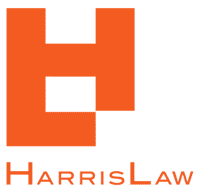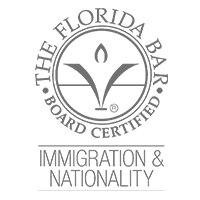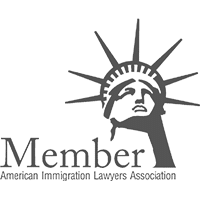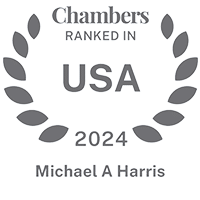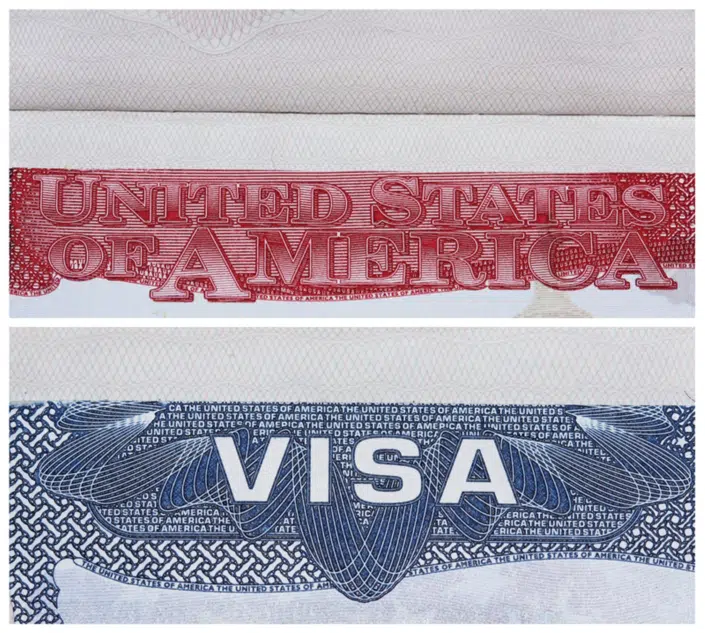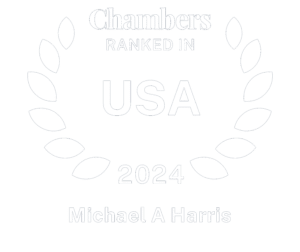A LABOR CERTIFICATION (CALLED PERM) CAN SECURE A GREEN CARD WHEN OTHER VISAS MAY NOT BE AVAILABLE
Some employment-based immigrant visa categories require a foreigner to have a job offer from a U.S. employer. This means that the employer must first apply on behalf of their foreign worker. Employers are required for some EB-1, EB-2, EB-3, and EB-4 categories. For some EB-2 and EB-3 visa categories, before an employer can submit an immigration petition to the USCIS, the employer must apply for a labor certification from the U.S. Department of Labor (DOL). This means, in essence, that the employer must first test the U.S. labor market to try to find an available, qualified, U.S. worker who meets its minimum employment requirements. An employer tests the labor market by placing ads in a newspaper, as well as other types of media or online.

The DOL Labor Certification confirms the following:
- There are insufficient available, qualified, and willing lawful U.S. workers to fill the position being offered at the prevailing wage by the U.S. employer.
- Hiring a foreign worker will not adversely affect the wages and working conditions of similarly employed U.S. workers in the area of intended employment.
In 2004, the labor certification process was changed. This new process re-designed the permanent labor certification program, which became known as PERM in 2005. Today, critical issues concerning this process involves the following:
- Application. The employer must complete an Application for Permanent Employment Certification, known as the ETA Form 9089. This application will describe the job duties, educational requirements, training, experience, and other special skills the U.S. employer requires its employee to possess in order to perform the work. The application will also outline the foreign worker’s qualifications.
- Prevailing wage. Prior to filing its application, the employer must request and obtain a prevailing wage determination.
- Pre-Filing Recruitment Steps. All employers filing a PERM application (except for those applications involving Schedule A occupations and sheepherders) are required to attest to the DOL to having conducted recruitment prior to filing the application. For occupations sought by an employer which are considered “professional” under the law, an employer must recruit using additional standards for professional occupations, which are those that normally require a bachelor’s or higher degree. For all other occupations not normally requiring a bachelor’s or higher degree, employers can simply recruit under the requirements for nonprofessional occupations. After the recruitment process is completed, the employer must prepare a recruitment report in which it categorizes the lawful job-related reasons for rejection of U.S. applicants and provides the number of U.S. applicants rejected in each category.
- Audits/requests for information. Dependent on a variety of reasons, such as an employer who requires more than the minimum required for an occupation, the DOL may select an employer’s application for audit, as well as if the DOL otherwise requests it.
- Online filing. With the creation of the PERM system, an employer has the option of filing an application electronically or by mail. The online method is considered faster, and the system is design to ensure an employer cannot submit their application unless they have provided all required information.
Some common questions about the labor certification process are:
- How long will the DOL’s PERM application take? Depending upon the nature of the program, the process for filing could take many months.
- What do I do now that the permanent labor certification is approved? Within 180 days of the date an application is certified, the employer must file an Immigrant Petition with the USCIS.
- What is a Schedule A Occupation? An occupation which is considered under Schedule A is comprised of certain occupations, as set forth by the DOL, for employment categories which it has determined there are not sufficient U.S. workers who are able, willing, qualified and available. In addition, Schedule A establishes that the employment of foreigners in such occupations will not adversely affect the wages and working conditions of U.S. workers similarly employed. The occupations listed under Schedule A include:
- Group I: (1) Physical Therapists and (2) Professional Nurses
- Group II:
- Foreigners of exceptional ability in the sciences or arts including college and university teachers of exceptional ability who have been practicing their science or art during the year prior to application and who intend to practice the same science or art in the United States. For purposes of this group, the term “science or art” means any field of knowledge and/or skill with respect to which colleges and universities commonly offer specialized courses leading to a degree in the knowledge and/or skill. A foreigner , however, need not have studied at a college or university in order to qualify for the Group II occupation.
- Performing Arts Foreigners of exceptional ability in the performing arts whose work during the past 12 months did require, and whose intended work in the United States will require, exceptional ability.
